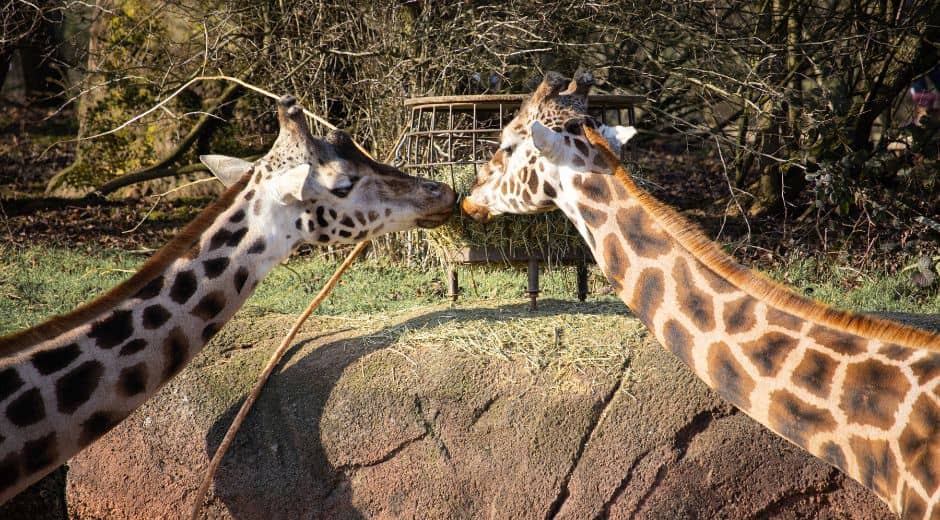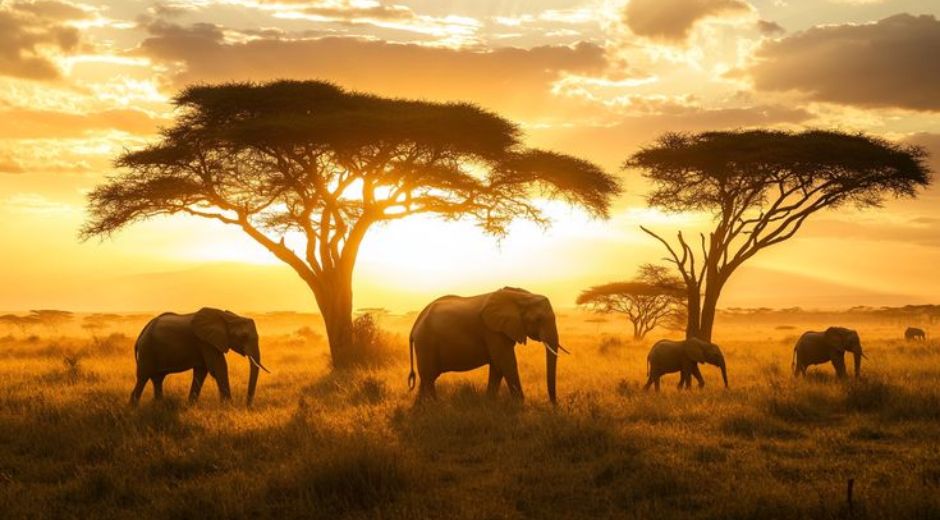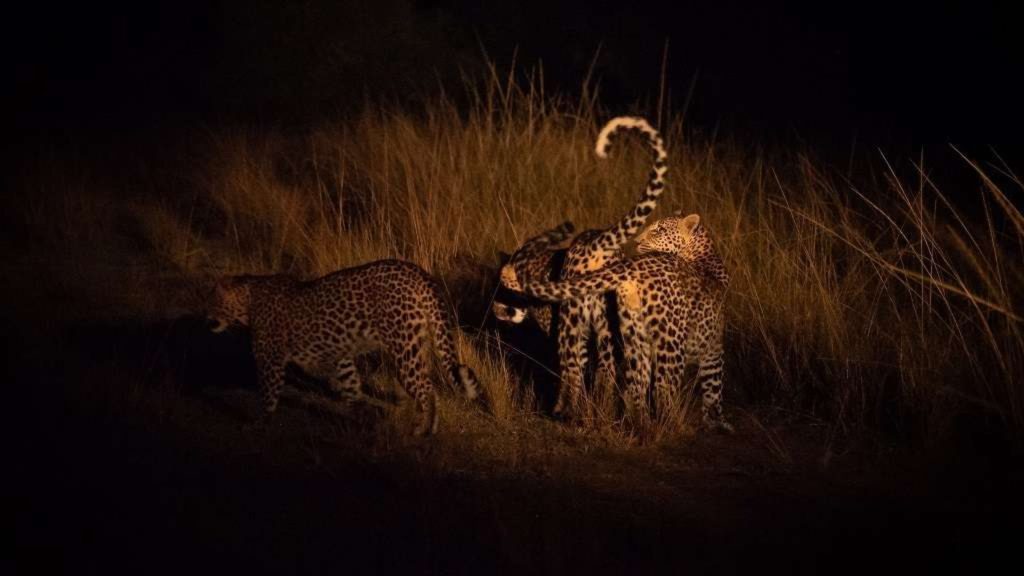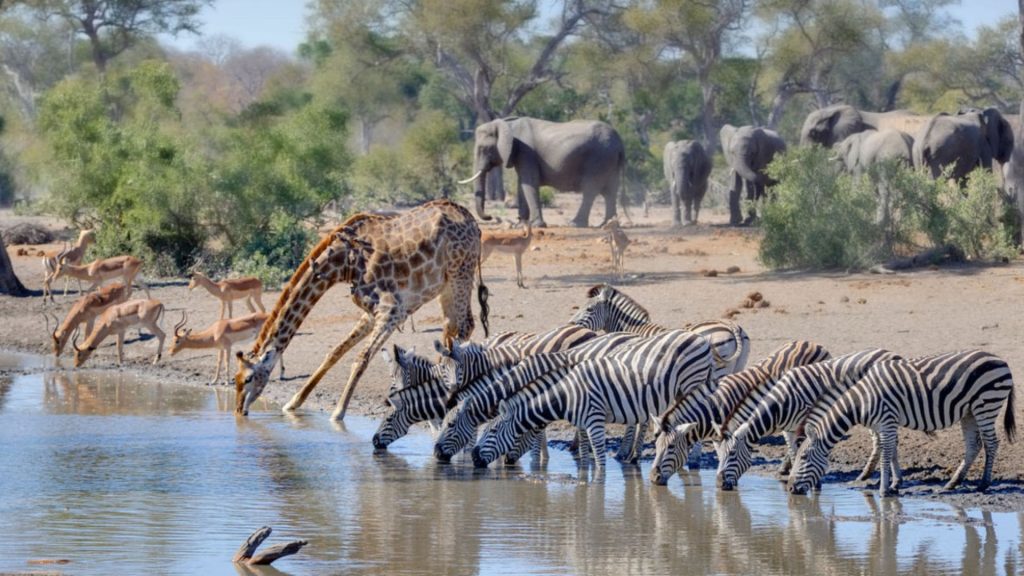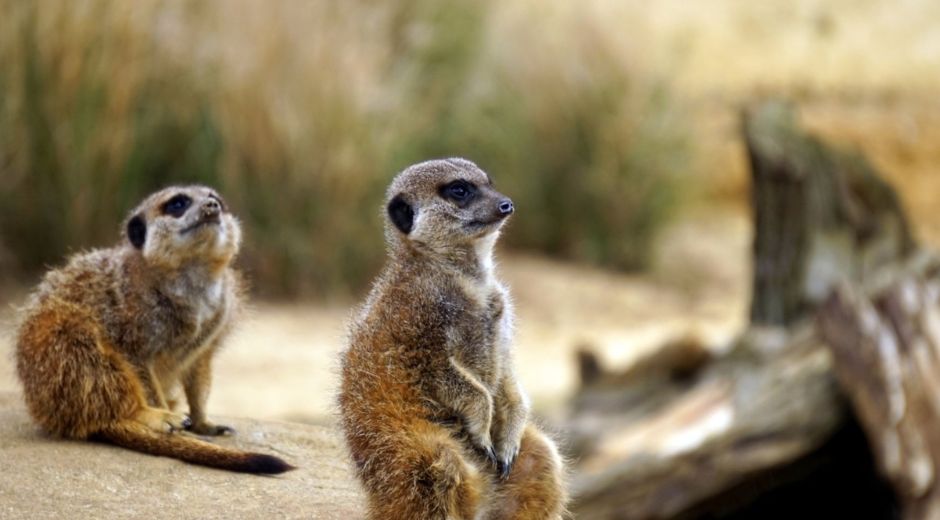Territory and Animal Behavior, How Species Claim Their Space
In the animal kingdom, space is far more than a physical location. It is safety, identity, access to food, and a foundation for survival. Every species interacts with space differently, shaping behaviors that have evolved over thousands of years. Understanding how animals claim and use their territory reveals the invisible rules that keep ecosystems organized and stable.
Why Space Matters for Animals
For many species, a territory functions as a personal zone where they can feed, rest, reproduce, and raise offspring. Without a defined area, animals risk competition, conflict, or starvation. A stable space offers predictable access to essential resources, giving animals a greater chance to survive and thrive.
Some need vast expanses to live comfortably, like wolves and big cats that roam long distances each day. Others, such as frogs or small fish, require only small zones to meet their needs. No matter the size, the meaning of a defined space remains the same, it provides structure and balance.
This distribution of animals across land and water reduces competition and prevents overcrowding. It also ensures that ecosystems remain healthy, as species naturally spread out based on available resources.
How Animals Establish Territory
The methods animals use to claim space are incredibly diverse. Their strategies depend on many factors including environment, social structure, and evolutionary adaptations.
• Birds sing from branches to announce their presence
• Wolves leave scent markings along travel routes
• Tigers scratch trees to signal strength
• Lizards perform visual displays to intimidate rivals
• Fish patrol coral areas to keep intruders at bay
These behaviors help avoid unnecessary conflict. Most animals recognize signals from their own species and respect them, preventing dangerous fights and preserving energy.
Territories can be seasonal or permanent. Some animals only defend their space during breeding seasons, while others maintain it year-round. A species’ lifestyle determines how aggressively it protects its boundaries.
Food, Shelter, and Territory Structure
The availability of food is often the main factor behind the size of a territory. Predators that hunt large prey require wider areas, while herbivores that graze in groups can stay in smaller zones. Even insects and small mammals rely on food distribution to determine where they settle.
Water sources influence territorial patterns as well. Species living in arid regions defend rivers or water holes intensely because these areas sustain entire communities. Creatures of the rainforest, on the other hand, may share overlapping spaces due to abundant resources.
Shelter also plays a role. Animals choose places that offer protection from predators and harsh weather. Birds prefer tree cavities or thick foliage, while marine creatures hide within reefs or rocks. Each habitat creates its own set of rules for space usage.
Reproduction and Territory Quality
Successful reproduction depends heavily on the quality of a territory. Many species evaluate potential partners based on the safety and resources of their space. Birds, for example, choose mates who can secure nest sites with food and shelter. Male fish build small, decorated areas to impress females. Even primates judge potential partners by the stability of their surroundings.
A well-maintained territory signals strength, health, and intelligence. This ensures that offspring have a higher chance of survival and that strong genetic traits continue throughout generations.
Migration and Changing Patterns
Not all animals remain in the same space throughout the year. Migratory species follow seasonal cues that shift their territories over time. Birds travel across continents to access warmer regions and better food sources. Wildebeest cross entire landscapes in search of rain and fresh grasses. Marine animals move according to ocean currents and breeding cycles.
These shifts require animals to adapt quickly to new environments. They must navigate unfamiliar spaces, avoid predators, and compete with local species. Although temporary, each stop along their journey becomes a territory of its own, crucial for rest and survival.
Social Species and Shared Territories
For social animals, territory is often a group effort. Pack or herd species guard their space collectively, with each member playing a role. Wolves coordinate patrols, lion prides protect hunting zones, and meerkats rely on a few sentinels to watch for danger.
Shared spaces strengthen social bonds and increase survival chances. Cooperation reduces individual risk and creates a stable community where tasks are divided based on age, skill, or hierarchy.
At Zoopora, we often explore how cooperation influences territorial patterns, showing that space is not just about ownership but about teamwork and survival.
If you want to explore more scientific reports and field studies about space usage among wildlife, FocusMindFlow, updated daily by your team.
Urban Environments and New Territories
As cities expand, wildlife adjusts in surprising ways. Animals such as foxes, raccoons, pigeons, and even monkeys learn to navigate streets, rooftops, and human structures. Their territories shrink or reshape as they seek food and shelter in urban environments.
Some species benefit from abundant food sources and fewer natural predators. Others struggle due to pollution, traffic, or lack of safe nesting spots. The rapid transformation of landscapes forces wildlife to change their traditional patterns, often leading to conflicts.
Researchers now focus on creating wildlife corridors, green roofs, and protected zones within cities to support healthy territorial behavior even in urban settings.
Communication Inside Territories
Animals rely heavily on communication to set boundaries. These signals help prevent conflict and organize space efficiently.
• Scent markings provide long lasting messages
• Vocalizations spread quickly across large areas
• Visual cues signal power or confidence
• Tracks and trails help guide movement
These systems of communication are often more advanced than they appear. Many species can identify age, health, and dominance just through scent or sound, allowing them to make decisions about whether to challenge or avoid another animal.
Environmental Changes and Territory Loss
Deforestation, pollution, and climate shifts reduce the available space for wildlife. Losing habitat forces animals to move, increasing competition and disrupting ecosystems. Species that once thrived in large areas must now survive in fragmented patches of land.
When territories shrink, conflicts rise. Competition for food and nesting sites intensifies, and survival rates drop. This makes conservation efforts essential. Scientists work to map animal movements and identify areas that require protection or restoration.
Understanding territorial behavior helps conservationists build effective strategies that support long term survival for threatened species.
Conclusion
Territory shapes every aspect of animal life. It influences movement, feeding habits, reproduction, communication, and social structure. More than a physical space, it is a foundation for security, stability, and balance within ecosystems.
Recognizing how animals use and defend their territory allows humans to protect habitats responsibly. By respecting the invisible boundaries of wildlife, we support healthy ecosystems and ensure that future generations can witness the incredible diversity of life on Earth. Space is not simply land, it is the lifeline that sustains nature’s most intricate patterns.
Wildlife Behavior Curiosity
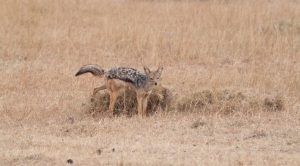
Territory and Animal Behavior, How Species Claim Their Space
Explore how animals establish and defend territory, why space matters for survival, and how territorial behavior shapes ecosystems.

Wilderness and the Human Spirit, Finding Balance in Nature
Explore how the wilderness awakens creativity, calm, and self-discovery, guiding people back to balance in an increasingly digital world.

Training and Trust: Building a Stronger Bond with Your Pet
Discover why biodiversity is vital for ecosystems, climate balance, and human survival, and how conservation protects life’s intricate web.






